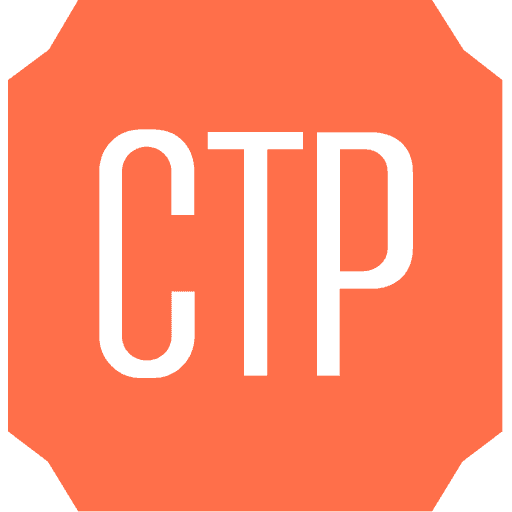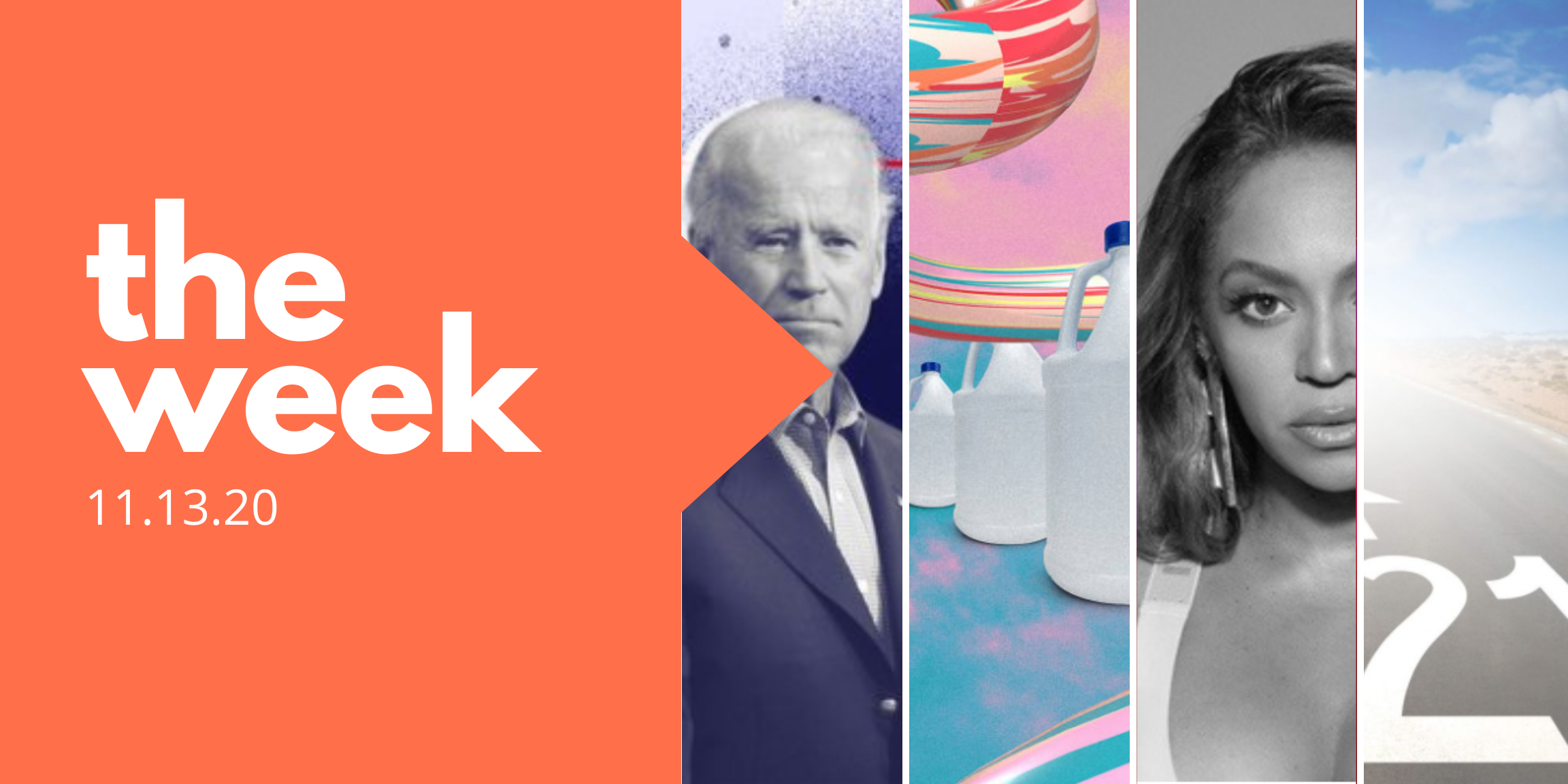Quick, choose between water or oxygen.
Ok, maybe it’s not that dramatic. But limited money or bodies sometimes force brands to decide which gets their attention: social or earned media. Too often, that’s a false choice.
We may shorten it to just social – dropping its last name like Beyonce or LeBron – but Twitter, Facebook and LinkedIn really are in the same category as the The New York Times, ABC and Fortune. They’re media. And journalists get it. They’re relying on the social channels to hit their audiences from all sides today more than ever. So much so that Twitter is looking for a “Head of News & Journalism” to ensure it is indispensible in newsrooms.
That’s good news for PR pros looking to expand their traditional media outreach. If you choose properly you can find a place for your content. Here are four easy ways to combine social and earned media to get your story told:
1. Lend your content before you share it
ESPN and Twitter just announced an agreement to share videos on Twitter. Fox News is doing something similar. As they grow frequency and their volume of channels, media outlets will need to not only create but curate content. If you develop a trend study or an infographic, pitch it to a key media outlet before pushing it wide on your own channels. You just need to understand what hole it can fill. A reporter may not want to use your study or graphic on her blog or page one New York Times story, but she may be open to sharing it with her 25,000 Twitter followers. Know which content fits where.
2. Stop typing and start listening
The best storytellers are often the best listeners. They hear details, inflection, fears and desire in the words of others. In those words come insights. There is a focus group relevant to your brand happening every second of every day. Don’t ignore it. Fire up TweetDeck, HootSuite, Sysomos or Radian6. Listening to the conversation about an issue – or simply to what your audience cares about – will prepare your for any brewing issues and provide potential fodder for story pitches.
3. Expand your media horizon
Google and Cision help identify which reporters are covering your topic, but there’s an opportunity to take it a step beyond. Check out what those reporters are passionate about, what interests them outside their beat, what their opinions are. Know the person you’re dealing with. There are specific social search tools like MuckRack that allow you to search for reporters on Twitter by topic. Whether the free or paid route, add a tool to your conventional journalist research. But don’t make it a one-time effort. Follow them going forward and engage whenever appropriate.
4. Turn up the amplifier
We all love the satisfaction of securing a story. But the work – or opportunity – is not over just because the piece has been published. A traditional media hit is greatly improved when you extend the number of people who see it. When you secure that hit, whether it’s a piece on Good Morning America or a hyper-local story about an upcoming event, share it through your channels. Your brand will benefit, and the journalist will appreciate the added exposure. You get a two-fer: secured coverage and shareable content.
Telling great stories is one of the strongest ways to build interest and persuasion. Call them by their old names if you want but social and earned media rely on the same things: relationships and interesting content. Harvest them both and your brand wins.





